Five ideas to borrow from the RHS Chelsea Flower Show 2025
Gardening gloves at the ready
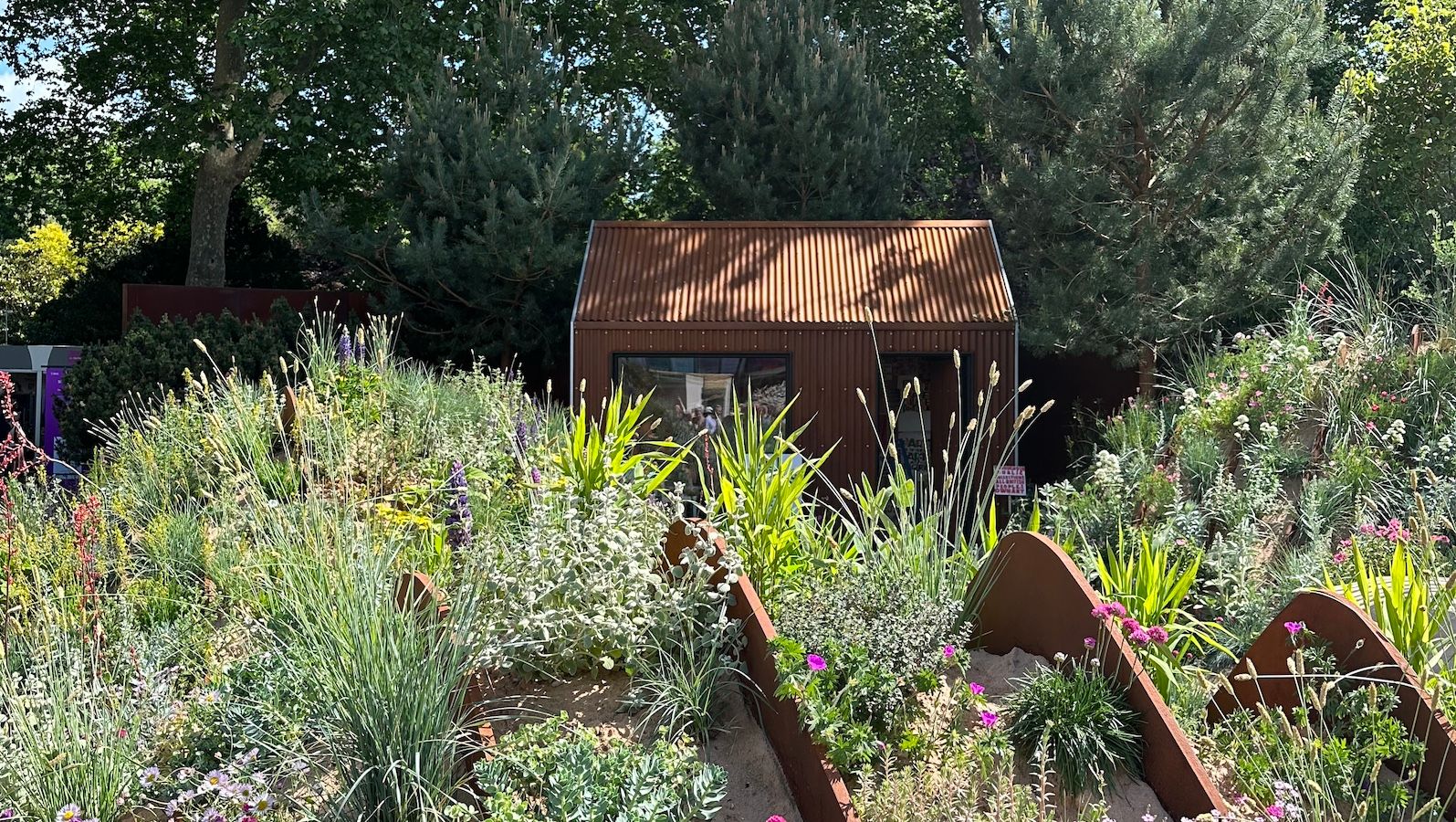
The RHS Chelsea Flower Show, a.k.a Glastonbury for gardeners, returned this May for another week of award-winning show gardens, horticultural trends and highly Instagrammable floral displays. Our Lead Horticulturalist Kelly Dyer, Buying Manager Rachel Horton and Creative Lead Ginny Henry popped in to explore the garden designs, take notes on what’s trending this season and, of course, gather plenty of inspiration to help you bring your own outside space to life. With a big list of ideas and only a small case of garden envy (ahem), Kelly has compiled her top five takeaways from this year’s show that can be easily reimagined at home. No gold medal needed.
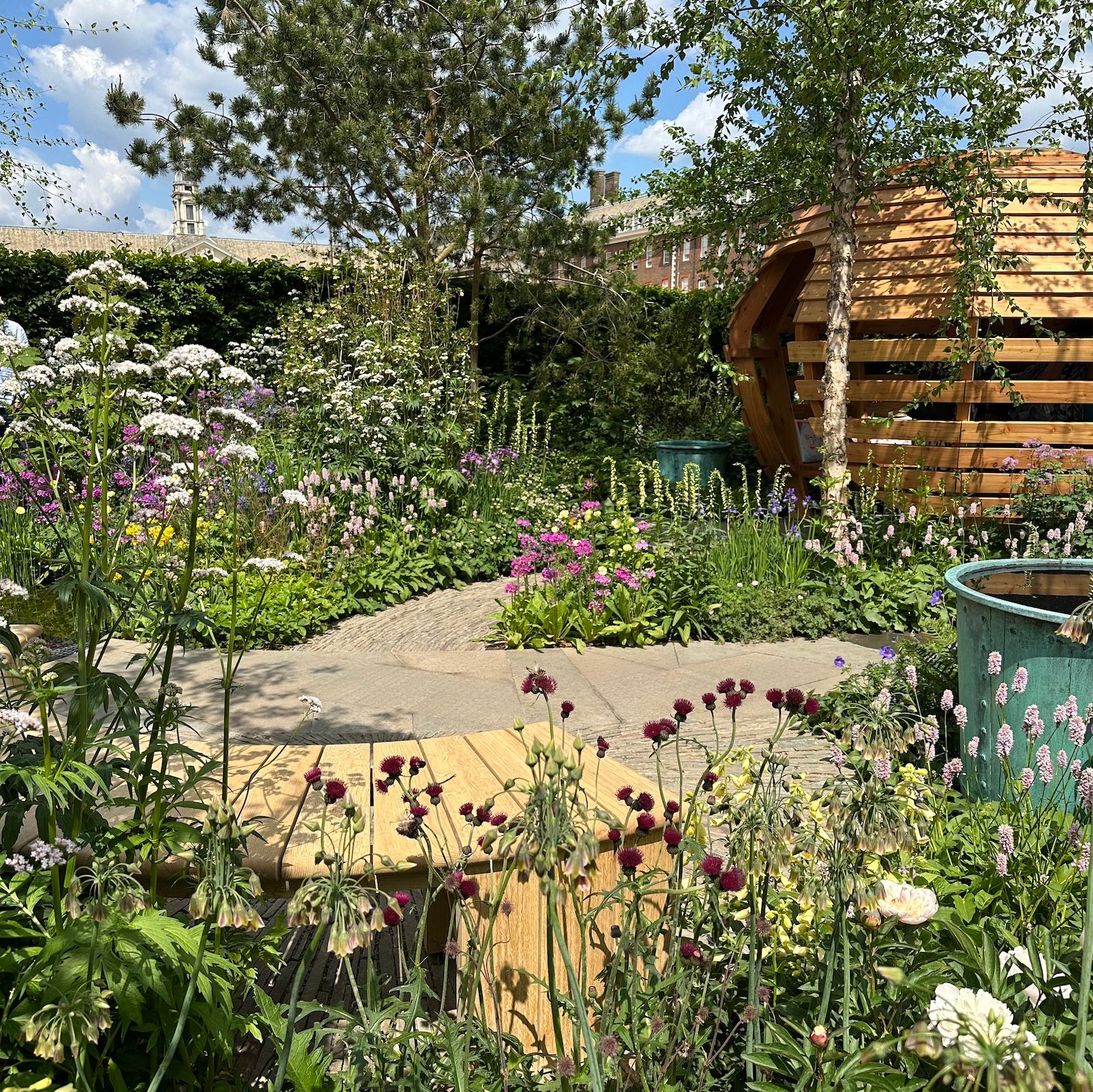
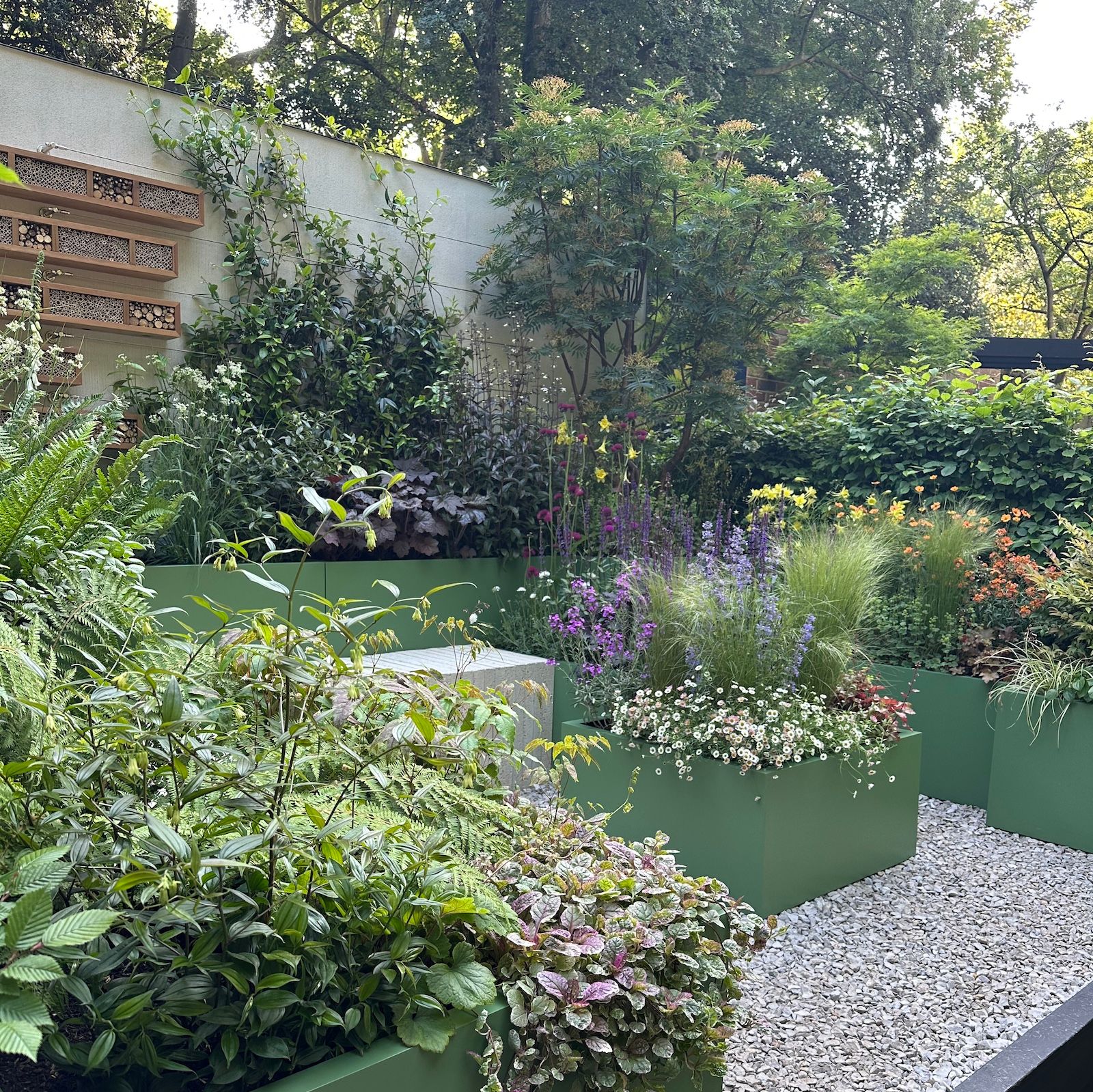
1. Wild borders
Wild, naturalistic planting was a big theme at this year’s show, brought to life with clever layering and a mix of foliage and flowering plants. “Many of the gardens had a strong structure of perennial planting in three layers: trees (canopy), shrubs (mid-story) and herbaceous plants (understory),” says Kelly. “Woven throughout the permanent planting of the understory were a mix of annuals and biennials, adding structure, soft-frothy movement and colourful flavours.”
How to recreate this at home? It’s all about the mix – and don’t worry if you don’t have garden borders to play with. “Large containers are in! Fill them up with a variety of plants, playing with height, colour and form,” says Kelly. “They’re great at raising your plants up to eye level so that you can get an even closer look at them.” Remember to choose plants that can tolerate the same kind of conditions (e.g full sun or wind) and, of course, don’t forget the most important rule of them all: “don’t be too neat.”
2. Power to pollinators
From wild planting to wildflowers – Kelly spotted lots of pollinator-friendly poppies, foxgloves, verbascums and umbellifers, like cow parsley, fennel, carrot and angellica. “These ephemeral plants self-seed freely and it is then the gardener's job to edit the seedlings that spring up the following year,” says Kelly. “These plants are beloved by insects and the gardens at Chelsea were alive with the buzz of pollinators, even in the middle of London.”
Unlike a lot of other flowers, whose seedlings need germinating indoors, wildflowers can be sown directly outside. The best time is spring, so get your seeds sprinkled quickly if you want flowers in June and July. If you can’t find wildflowers, or have missed the boat this year, there’s an even wilder option: weeds! As Kelly says, “pollinators don’t discriminate,” so why should we?

3. Water savvy planting
Sustainability was at the forefront of the RHS Chelsea Flower Show this year, with "many gardens incorporating water-wise gardening and drought-tolerant planting schemes that can handle less rainfall”. Take their lead and introduce plants that are happy to dry out between drinks – plants that are native to warm climates, such as olive trees and palms, are a good option. You can also place your plants in larger containers, which will mean they won’t need to be watered as often.
4. Gardens as sensory experiences
This year’s crop of gardens was a treat for all the senses. Trees for shade and sound, flowing water, calming colours, seating areas and soothing combinations of leaf and flower shapes helped to create spaces of sanctuary. For smaller outside spaces, scent and colour can have an even bigger impact. “Why not bring in herbs, not only for eating, but for fragrance and flowers?" Kelly says. "Plant them in areas where you brush past them to make your space a more sensory experience.”
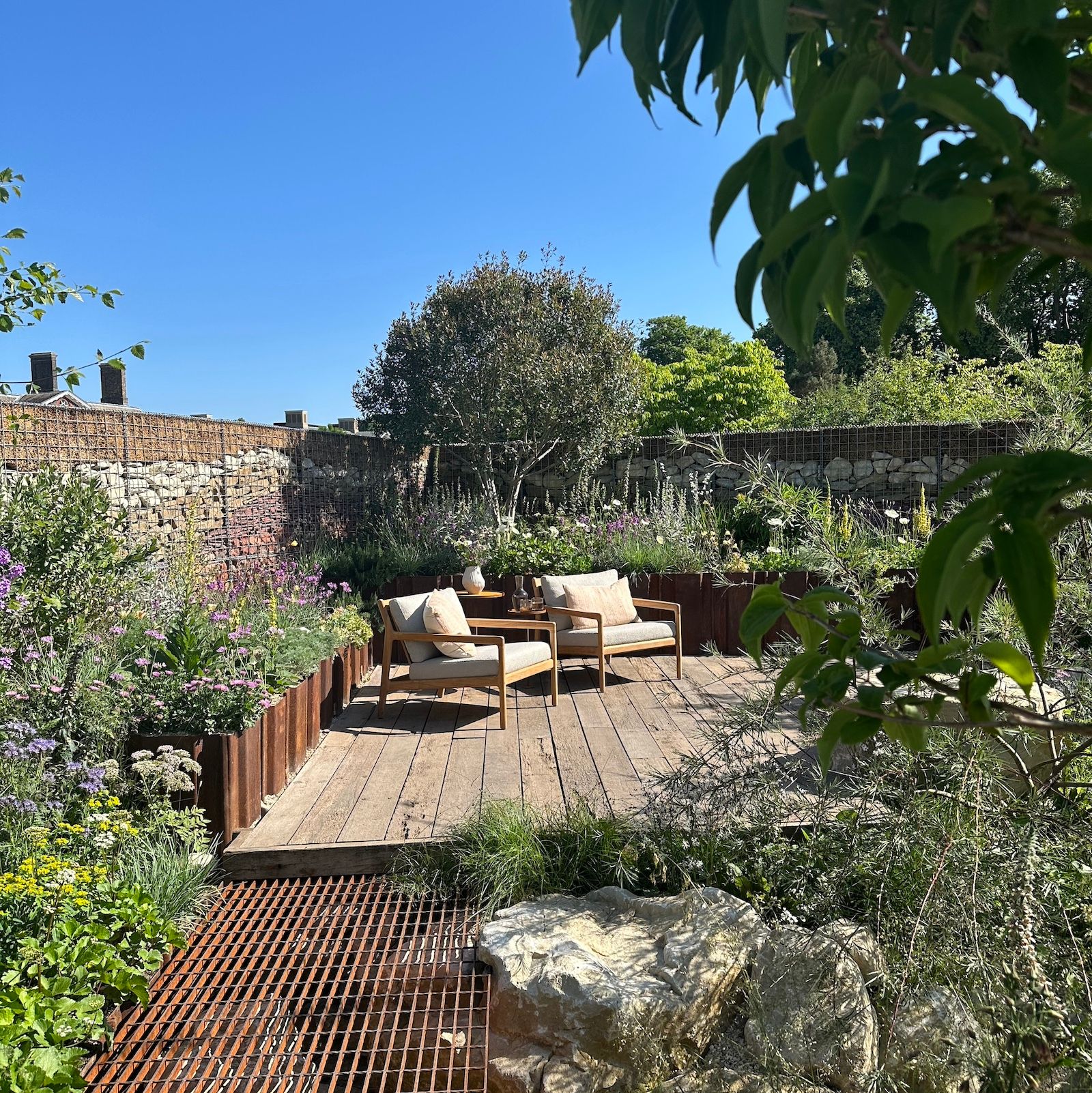

5. Plants rule (but we already knew that)
Lawn-free gardens? It’s a yes from us. Less grass means more space for plants (always a win in our eyes) and this was a common theme at this year’s show. “Do away with lawns and fill your garden with plants instead,” says Kelly. “If you have space, create paths through your planting so that you’re immersed and surrounded by it.” Permission to make your own mini jungle, granted.
Shop the edit
Our top picks for creating a medal-worthy garden
Rewild your inbox
Plant tips. Special offers. No spam.
You might like

A balcony transformation by Patch
Small in size, big on impact
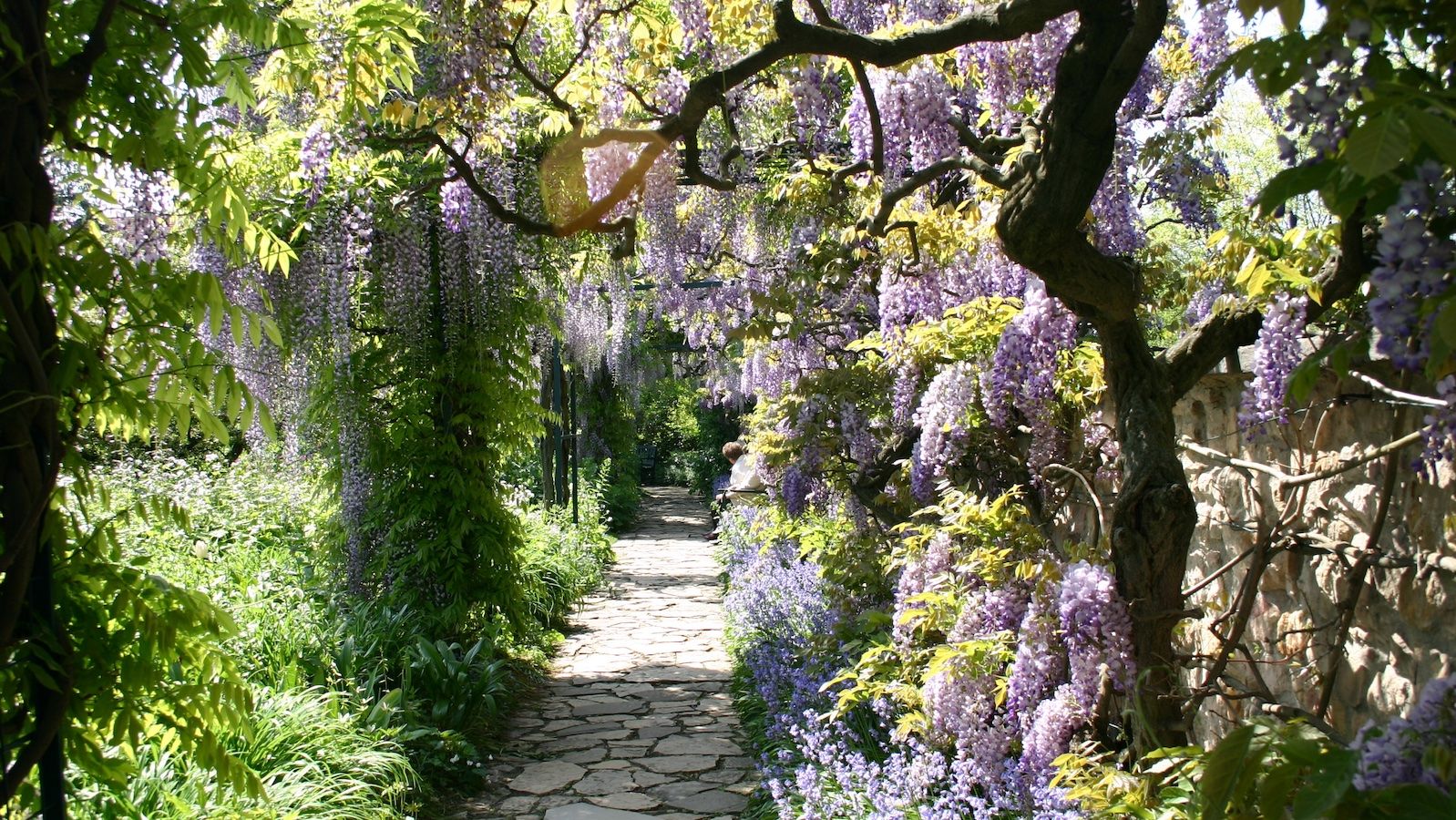
Four (Not-So) Secret Gardens to Explore
Shh... Don't tell anyone
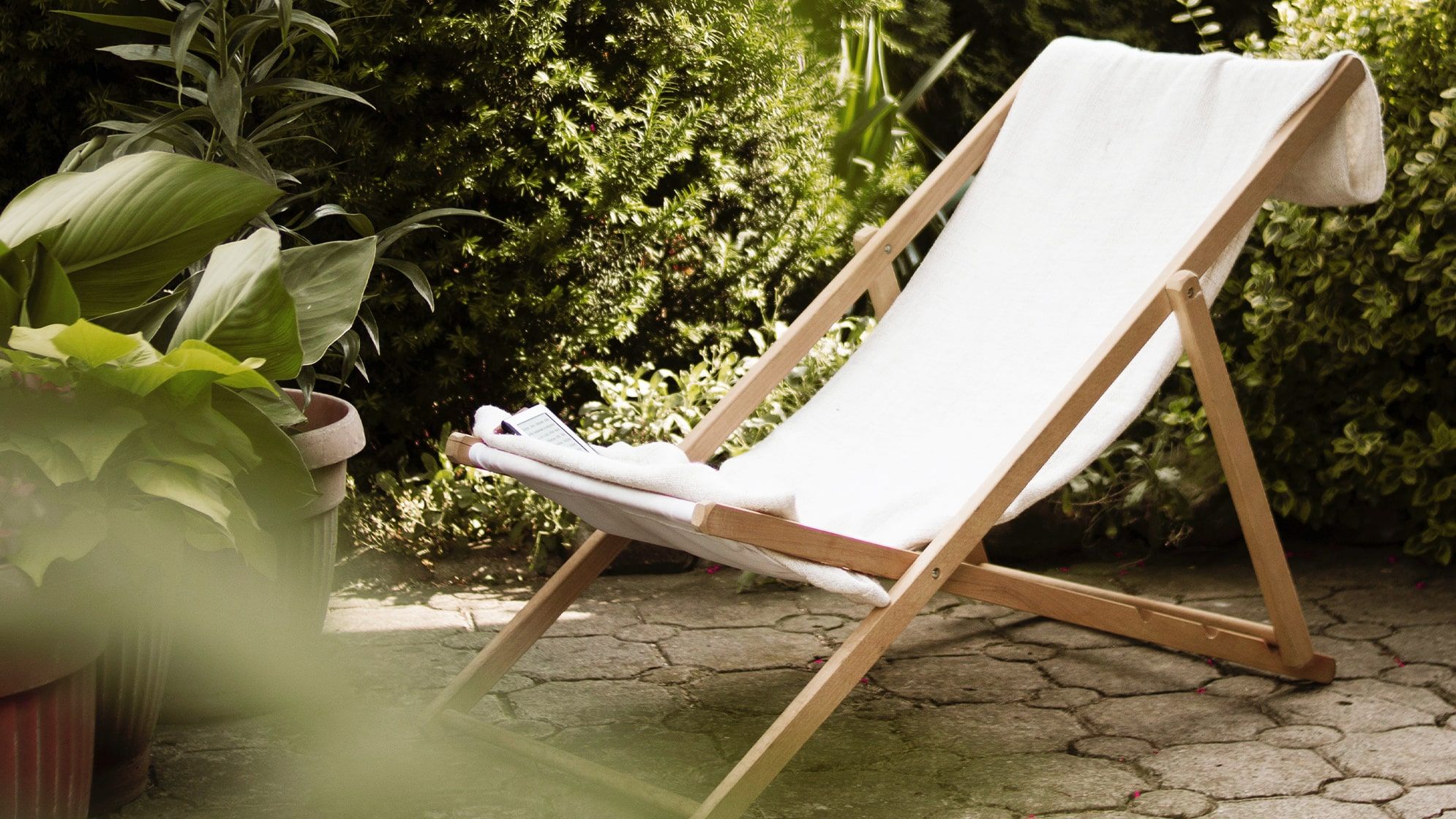
How to decorate your outdoor space
Get creative with plants










